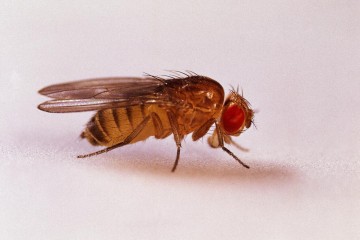Project grant
An advanced model for neurodegeneration studies in the fruit fly Drosophila melanogaster

At a glance
Completed
Award date
January 2012 - January 2015
Grant amount
£470,339
Principal investigator
Dr Ezio Rosato
Co-investigator(s)
Institute
University of Leicester
R
- Replacement
Read the abstract
View the grant profile on GtR
